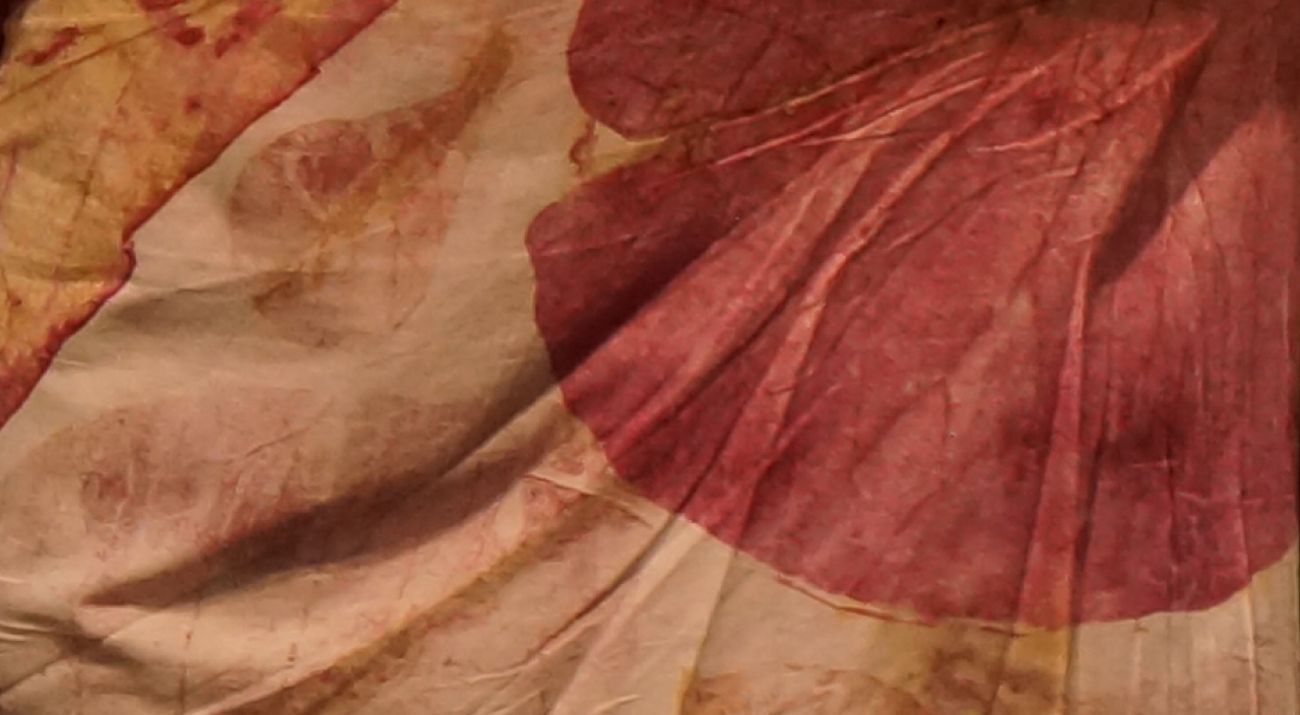Quote: Hida Ngirhanto Singgih
Don't make this archipelago the world's garbage dump just because of our nature that doesn't want to be outdone. Or lulled by the words of blessing
The beauty of nature must be preserved and appropriately recorded without destroying it with excessive exploitation of nature. As well as Hida's efforts to promote nature protection which impacts the community's economy. Ecoprint is an inspiration that records the potential and beauty of nature through various leaves. White cotton cloth is dyed and painted with memories of our natural splendor.
Eco-print is also a future solution to reduce the burden on this earth. This middle-aged woman from Solo introduced a printing technique in which coloring and painting use colors from nature.
Record leaves, flowers, and parts of plants that have color and are printed so that the color and painting of the leaves stick to the fabric. The process is quite long but produces beauty that does not disappoint. It has economic value and is environmentally friendly.

Generally, the fabrics used in this eco-print technique are made from natural fibers. Fabrics with cellulose fibers (cotton and hemp) and protein fibers (wool and silk) are the most suitable fabrics to apply eco-printing techniques.
In her extended writing on social media, she said that God had made her care about nature and get involved in the world of Eco Art. Unlike other people who are very concerned about developing eco-friendly science, Hida prefers the silent path of joining communities and women's groups and exploring the world of education to conduct skills-based education.
This path gave Hida many opportunities to share knowledge which led to the interest of some students, women's groups, and the community to create campaigns about the environment on social media. He made a forum for disseminating nature-based art and exhibited his work by establishing the ReRonce Gallery in Solo.
Hida's joy and love for nature do not make her conceited. In fact, she wants to avoid aligning batik with eco-print works, as people often mention. According to her, eco-print is not batik. Batik and eco-print fabrics are different. Because batik is a noble work that has gone through many life episodes. While eco-print is our effort to grow with nature.
"Combining batik and eco-print is a necessity. But the merging process requires a lot of thought. Batik, with standard motifs, is very full of philosophy. For some people, this is less important. You can act in the name of progress, but for me, forgetting the philosophy of batik is actually a setback," she said.
For all these achievements, Hida said that this is a journey to the clouds. "Ecoprint is just a point, a stopover. There will be a saturation point if only making it a masterpiece. Which most people will do. But realizing that there must be a command from Him that is more than that," said Hida.
* Hida Ngirhanto Singgih was selected as one of the recipients of the Nature Award given by YKAN based on the story competition 'Perempuan untuk Alam' commemorating Mother's Day.


